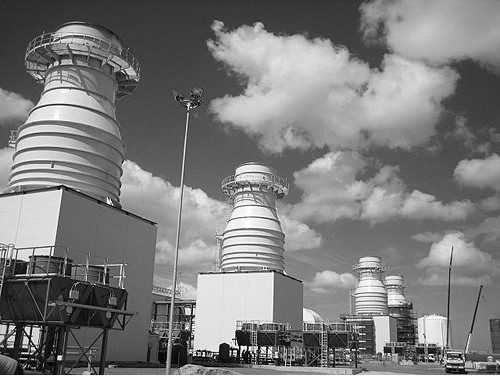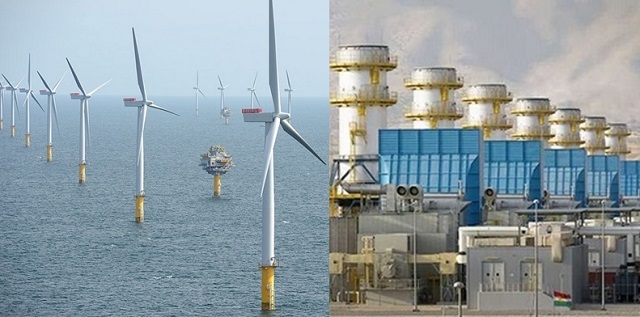The new Capacity Market may be set to turn UK generation investment on its head. Power plant development in the UK has historically been focused on combined cycle gas turbine (CCGT) plants rather than peaking assets. CCGT have a clear efficiency advantage over peaking plants and with 30GW of existing CCGT capacity, UK merit order competition between gas plant is fierce. As a result it has historically been hard to build an investment case for peaking assets, except as onsite backup or for the provision of ancillary services (e.g. STOR).
But recent clarifications on the Capacity Market rules and the availability of 15 year fixed price capacity agreements have caused a sharp increase in interest in UK peaking asset development. Peaking units are cheap and scalable relative to CCGT assets. And unlike CCGTs, the peaker investment case does not rely on volatile wholesale energy market returns. This means that peaking assets are able to access a more flexible range of financing structures to enhance equity returns. These are attractive characteristics in a world awash with cheap capital looking to invest in relatively low risk infrastructure projects.
Capacity Markets favour peaking assets
On first consideration it may appear strange that policy decisions could swing plant investment economics in favour of peaking assets. The main driver behind this is the government’s Electricity Market Reform (EMR) package. Large scale support for intermittent renewable capacity (wind & solar) is acting to lower wholesale power prices and erode CCGT load factors and generation margins. The Capacity Market is then intended to enable the government to ensure there is an adequate volume of flexible capacity to maintain a targeted system security standard.
The UK government has designed the Capacity Market such that the underlying product is capacity to generate electricity at four hours notice. Capacity is de-rated based on availability by technology type (e.g. OCGT at 94% and CCGT at 88%). There are also different lengths of capacity agreement available (1, 3 and 15 years) based on level of capex incurred, e.g. at least 250 £/kW spend is required to secure a 15 year agreement. But the definition of ‘capacity’ for the market is quite homogenous (e.g. plant location is not considered).
A homogenous product and capex based capacity agreement lengths bring the costs of capacity provision firmly into focus for investors. Keeping existing thermal capacity open is set to be the cheapest source of capacity (e.g. by covering plant fixed costs). But beyond this, investors are increasingly focusing on how incremental capacity can be delivered at close to the 250 £/kW threshold required to qualify for 15 year capacity agreements. This is where peaking assets may play a key role. And not necessarily leading edge high efficiency gas turbine units. Projects based around older and less efficient technology may be more attractive given lower capex costs.
This again sounds strange on first consideration. The government is implementing EMR to decarbonise the power market, not to encourage investment in lower efficiency thermal peaking units. But one of the key objectives of the Capacity Market is to ensure that there is enough flexible plant to backup wind and solar capacity in the (relatively few hours of the year) when the wind doesn’t blow and the sun doesn’t shine. This means a relatively high volume of capacity is required at the back of the merit order, to run for a small number of hours a year (i.e. with a low emissions impact). For these assets unit efficiency, emissions intensity and variable generation cost are of little relevance. What is of primary importance is low fixed and capex costs, which are characteristics of peaking units.

